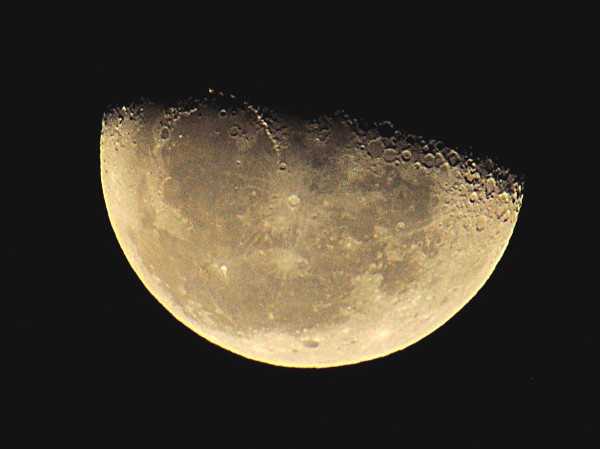
Contradicting earlier theory on the formation of the Moon, scientists have discovered signs of water on the Moon's oldest rock during the Apollo missions, according to new reports.
The latest analysis of the parts, which have been brought to the Earth during the Apollo mission, indicated that the early Moon was wet and the formation of moon did not result in losing this water content, contradicting the previous Moon formation theory, according to the reaserchers.
The findings of the study were published in the journal Nature Geoscience on Sunday.
The earlier Moon formation theory stated that "the Moon was formed from debris generated during a giant impact between Earth and another planetary body, approximately the size of Mars," as reported by PTI. The researchers have used the Fourier-transform infrared spectroscopy to study the water content. The researchers have also found that the rocks contained about 6 parts per million of water.
"Because these are some of the oldest rocks from the Moon, the water is inferred to have been in the Moon when it formed. That is somewhat difficult to explain with the current popular Moon-formation model, in which the Moon formed by collecting the hot ejecta as the result of a super-giant impact of a Martian-size body with the proto-Earth," said Zhang, the co-author of the research study.
"Under that model, the hot ejecta should have been degassed almost completely, eliminating all water," Zhang added.
It was also said that the researchers analyzed the hydroxyl groups of the samples and not really the 'liquid' water. The new discoveries have greater implication on the origin and the evolution of Moon.
"We are able to detect those hydroxyl groups in the crystalline structure of the Apollo samples," said Hejiu Hui, the author from the University of Notre Dame.

















